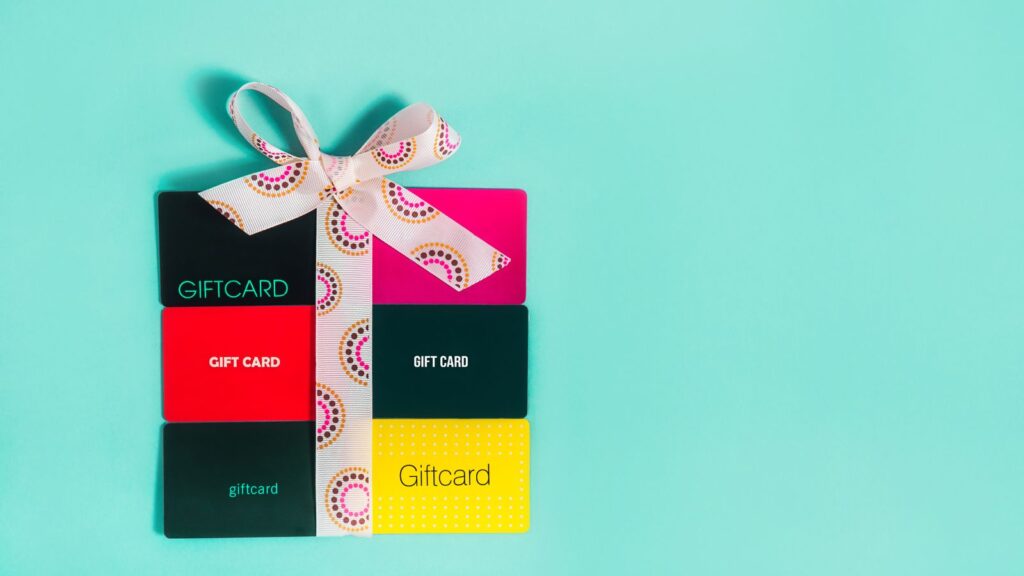For many, the ritual is familiar. A birthday, a holiday, a workplace celebration — and the envelope that slips into your hand. Inside is not cash but a gift card. It feels thoughtful, safer than money, yet still flexible enough to let you choose.
But what happens when the card doesn’t fit your life? Maybe the shop closed, the brand doesn’t appeal, or your budget demands cash, not store credit. That’s when the decision to sell gift card comes into play — a choice that’s becoming less unusual and more accepted every year.
The Changing Meaning of a Gift
Gift cards once stood for thoughtfulness within boundaries. They allowed givers to signal care without the impersonality of cash. Yet by 2025, their symbolism has shifted.
● For givers, cards remain a polite compromise.
● For receivers, they often represent locked value, waiting to be freed.
This cultural mismatch explains why resale is growing. Recipients want to honor the intent of the gift, but they also want to make sure its value serves their actual needs.
Why People Choose to Sell
The decision to resell stems from practical realities:
1. Household Necessities
Bills, food, and rent can’t be paid with brand-specific cards. Selling converts symbolic generosity into real utility.

2. Avoiding Waste
Billions of dollars in unused cards expire each year. Resale ensures value doesn’t vanish.
3. Flexibility
Liquidity is prized. A card worth $100 at one store might be more valuable as $85 in cash that can go anywhere.
4. Cross-Border Needs
Families abroad use digital cards as informal remittances. Selling them locally unlocks vital funds.
5. Financial Mindset
Younger generations see cards as assets. Selling is not disrespectful but rational.
Stories of Resale
● The Graduate
After her graduation, Maya receives a pile of gift cards. Nice in theory, but she needs rent money for her first apartment. She sells the cards and covers her deposit.
● The Father Abroad
In the Middle East, a migrant worker sends digital codes to his family in Africa. They sell them locally, bypassing expensive remittance fees.
● The Online Gamer
Liam collects multiple cards across different platforms. By selling them, he consolidates his value into the game ecosystem he actually uses.
Each example shows how resale adapts to personal circumstances while ensuring no value is wasted.
Risks and Trade-Offs
The resale market carries its own challenges:
● Discounted Payouts – A $100 card may sell for $80–90. Liquidity comes at a price.
● Fraud – Fake or already-used codes still circulate, especially in informal markets.
● Demand Imbalance – Popular brands sell easily, but niche ones may not.
● Perceptions – Some still view selling as dismissive of the giver, though this view is fading.
For sellers, the calculation is simple: better partial value than no value.
A Global View
The practice of reselling looks different across the world:
● North America: A convenience-driven habit; the largest resale markets exist here.
● Europe: Regulations provide oversight, but resale is common for gaming and e-commerce cards.
● Asia: Resale is integrated into mobile-first payment systems.
● Africa: Gift cards substitute for cash in underbanked regions, with resale critical for survival.
● Latin America: Inflation encourages immediate liquidation to preserve purchasing power.
Everywhere, the act of selling reflects local pressures but shares a common theme: liquidity is essential.
Technology’s Role
What makes resale practical today is technology:
● Escrow systems add security to transactions.
● Balance verification tools reduce fraud.
● Mobile wallets let people sell directly from their phones.
● Blockchain experiments explore tokenized cards with built-in transparency.
Without these tools, resale would remain risky. With them, it is normalized and increasingly mainstream.
Looking Ahead
The future of resale will likely include:
● AI-driven reminders to sell unused balances.
● Universal multi-brand cards designed with resale in mind.
● Integration with crypto for seamless conversion into digital assets.
● Formalized remittance systems using resale as a tool for global families.
● Cultural normalization where selling becomes as expected as budgeting or saving.
The message is clear: resale is no longer marginal. It is becoming a standard feature of financial life.
Conclusion
Gift cards started as thoughtful compromises. But in an era defined by liquidity, flexibility, and adaptation, their meaning has changed. For many, selling is not an act of rejection but of respect — ensuring value circulates, not wasted.
To sell gift card is to adapt generosity into practicality. It’s a small decision with large implications, reflecting how people today see money not as something fixed but as something that must always move.


